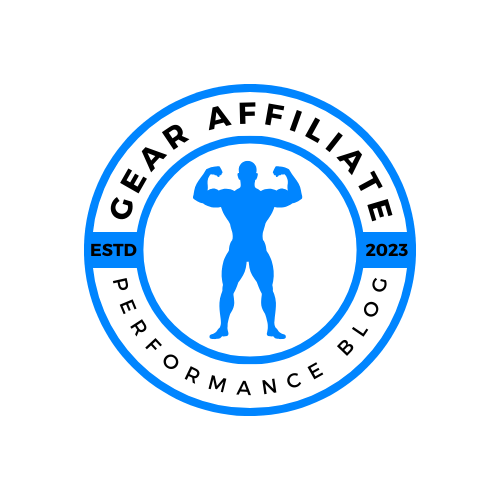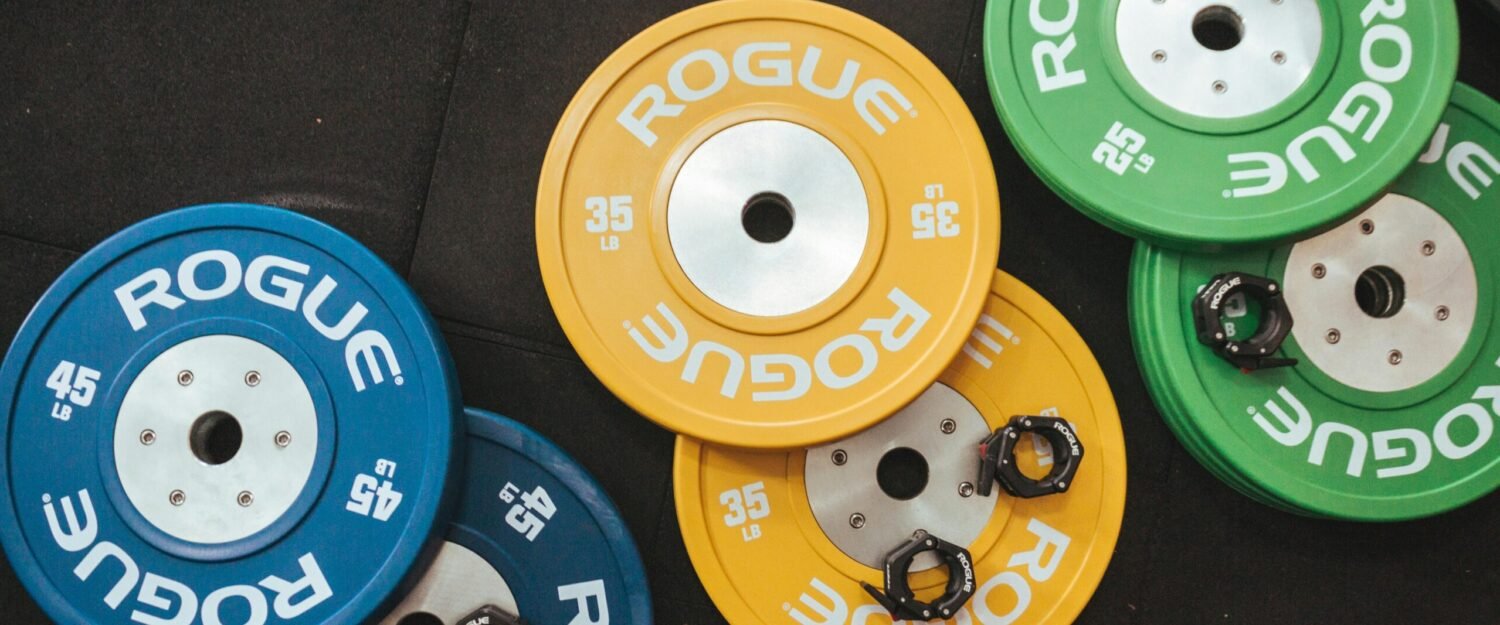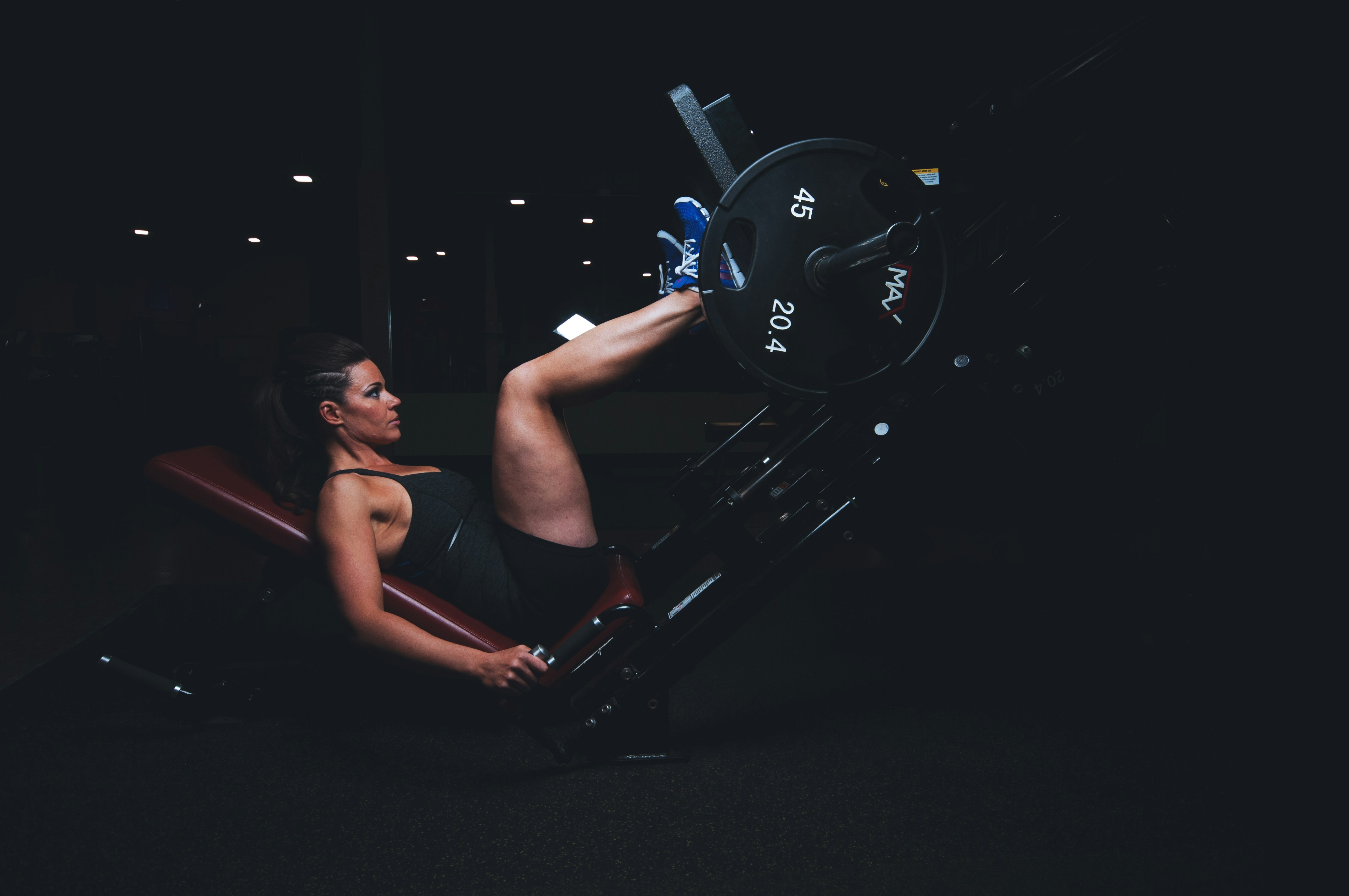
Table of Contents
Understanding Hypertrophy: The Basics
Muscle hypertrophy refers to the increase in muscle size, which occurs as a result of various physiological processes. The primary factors contributing to hypertrophy are muscle tension, metabolic stress, and muscle damage. Understanding these fundamental elements provides insight into how and why specific training strategies, such as push pull legs splits, can be effective for building muscle mass.
Muscle tension is generated during resistance training when the muscles are challenged to lift weights or resist forces, leading to micro-tears in the muscle fibers. This mechanical overload signals the body to initiate repair processes, ultimately leading to an increase in muscle cross-sectional area. Alongside tension, metabolic stress is a critical element characterized by the accumulation of metabolites, such as lactate, during high-intensity exercise. This buildup not only promotes a greater hormonal response but also contributes to the sensation of ‘pump’ that many athletes seek during workouts.
Additionally, muscle damage occurs when the fibers experience stress beyond their normal capacity, triggering a reparative response that includes muscle growth. As the body recovers from these micro-injuries, muscle fibers get rebuilt larger and stronger. The interplay of these mechanisms underscores the significance of training volume, frequency, and intensity in a well-structured exercise program.
The effectiveness of a push pull leg split is rooted in its capacity to target all major muscle groups over a specified period, allowing for adequate recovery and adaptation. By strategically scheduling these routines—where pushing exercises involve the chest, shoulders, and triceps, pulling exercises focus on the back and biceps, and leg days emphasize quadriceps, hamstrings, and calves—trainers can maximize the benefits of muscle hypertrophy while minimizing the risk of overtraining.
Overall, comprehending the basic principles of hypertrophy sets the stage for implementing effective training routines, like the push, pull, leg split, enhancing one’s ability to achieve specific bodybuilding goals.
The Push Pull Legs Split: Explained
The Push Pull Legs split (PPL) is a popular workout regimen tailored for those looking to enhance muscle hypertrophy and strength. This method divides workouts into three primary categories: push pull and leg days, allowing for a structured and efficient approach to training. Each category focuses on specific muscle groups, ensuring that workouts are balanced and targeted.
On push days, exercises capitalize on movements that involve pushing motions. This typically includes bench presses, overhead presses, and tricep extensions. These exercises primarily engage the chest, shoulders, and triceps, promoting muscle growth in these areas. The focus on compound movements, such as the bench press, not only aids in developing strength but also promotes muscle hypertrophy by engaging multiple muscle groups in a single exercise.
| Push Day | Example Exercises | Example Sets/Reps |
| *Authors Note* This is a generalized workout designed for beginners, both the exercises and Set/Rep schemes, ETC, are meant to be used as a general starting point. | Bench Press, Incline Bench Press, Shoulder Press, Tricep push downs, Push ups | 3 sets of 8-12 Reps |
Pull days, on the other hand, emphasize the muscles utilized in pulling movements. Key exercises here include pull-ups, rows, and bicep curls. This segment specifically targets the back, biceps, and forearms, offering balanced development alongside push day workouts. By incorporating a variety of pulling exercises, individuals can ensure comprehensive muscle engagement which is essential for achieving overall hypertrophy.
| Pull Day | Example Exercises | Example Sets/Reps |
| *Authors Note* This is a generalized workout designed for beginners, both the exercises and Set/Rep schemes, ETC, are meant to be used as a general starting point. | Lat pulldowns, Cable machine row, Lateral Raises, Bicep curls, Pull ups | 3 sets of 8-12 Reps |
The leg day completes the split by focusing on the lower body. Compound exercises like squats, deadlifts, and lunges dominate this segment, which is crucial for building leg strength and size. Such movements increase the recruitment of muscle fibers, contributing to significant hypertrophic gains. Moreover, a dedicated leg day allows for adequate recovery of the upper body, reducing the likelihood of fatigue and overtraining.
| Leg Day | Example Exercises | Example Sets/Reps |
| *Authors Note* This is a generalized workout designed for beginners, both the exercises and Set/Rep schemes, ETC, are meant to be used as a general starting point. | Back squat, Dumbell RDL’s, Walking lunges, Leg curls, Calf raises. | 3 sets of 8-12 Reps |
In addition to these targeted workouts, the Push Pull Legs Split provides optimal recovery periods, enabling muscle repair and growth. By incorporating a cyclical approach of training and rest, individuals can experience enhanced performance and sustained progress in their muscle-building endeavors. Overall, the push, pull, leg split stands as an effective strategy for anyone aiming to achieve substantial strength and streamline their training regimen.
Benefits of PPL Split for Muscle Hypertrophy
The push pull legs split (PPL) is widely recognized as an effective training regimen for promoting muscle hypertrophy. One notable advantage of this approach is its ability to optimize recovery time between workouts. By focusing on specific muscle groups on designated days, this split allows for targeted recovery, helping muscles to repair and grow more effectively. For instance, after a push workout that emphasizes chest, shoulders, and triceps, those specific muscles benefit from a full recovery before being engaged again, facilitating muscle growth.
Another significant benefit of the PPL split is the increased training frequency it can offer. With the potential to train multiple times a week—often up to six days—this regimen enables individuals to engage their muscle groups more than once weekly. Research has suggested that training a muscle group two to three times a week can significantly enhance hypertrophic responses compared to once-a-week routines. Consequently, the PPL structure aligns seamlessly with this principle, allowing for more frequent stimuli that are crucial for muscle growth.
Additionally, a Push Pull Legs Split is designed to provide balanced workload across different muscle groups. This structured division minimizes the risk of overtraining a particular muscle area, ensuring that all parts of the body receive adequate attention while avoiding fatigue. Fitness experts often emphasize the importance of not just training hard but also training smart. By preventing overtraining, the Push Pull Legs Split enhances overall results, ensuring consistent gains without the setbacks often associated with excessive strain.
Finally, engaging in a well-structured Push Pull Legs routine makes it easier for individuals to target specific muscle groups methodically, leading to enhanced hypertrophy over time. Evidence from various fitness studies consistently supports these claims, indicating that such focused yet flexible training splits yield significant benefits for muscle growth.
Practical Tips for Implementing PPL Splits Effectively
To maximize the potential of a Push Pull Legs routine for muscle hypertrophy, it is essential to carefully select the right exercises. Focus on incorporating compound movements such as bench presses, squats, and deadlifts, as these exercises recruit multiple muscle groups and promote greater overall muscle growth. Complement these with isolation exercises like tricep extensions or bicep curls that target specific muscles on push and pull days respectively, ensuring a balanced approach to muscle engagement.
When determining the number of sets and repetitions, aim for 3-5 sets of 6-12 reps for most exercises. This rep range has been shown to be effective for stimulating muscle growth. However, it is crucial to listen to your body and adjust accordingly. For example, beginners may start with lighter weights and higher reps while gradually transitioning to heavier weights as their strength improves. This approach supports progressive overload, a fundamental principle in muscle hypertrophy, which involves gradually increasing the weight, volume, or intensity of your workouts over time.
Scheduling training sessions is another critical factor in the Push Pull Legs routine. A common approach is to follow a 6-day training cycle, where each muscle group is targeted twice a week. For instance, one can implement a Monday, Wednesday, Friday push schedule, followed by a Tuesday, Thursday, Saturday pull schedule, and finally, leg sessions on alternate days. Make sure to incorporate at least one rest day to allow for recovery and muscle growth. Moreover, adjust the routine to fit your individual fitness level, whether that’s increasing the frequency, altering the exercises, or modifying the intensity based on your experience and recovery capacity.
{Check out our Post on Creating The Ultimate Routine here}
To effectively measure progress, keep a workout journal detailing exercises, weights used, and repetitions completed. This tracking can help you identify trends and make necessary adjustments to optimize your PPL split routine for continued muscle hypertrophy.
If you found this post to be helpful, then you may be interested in the rest of our blog page here.
At Gear Affiliate, we always want to give our readers more resources to research. Below are a few sources that we have found to be helpful relating to this topic.
Video Links: Video 1, Video 2.
Discover more from GearAffiliate
Subscribe to get the latest posts sent to your email.


